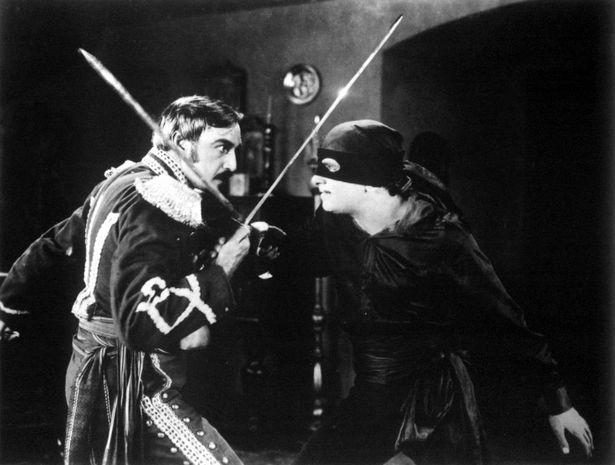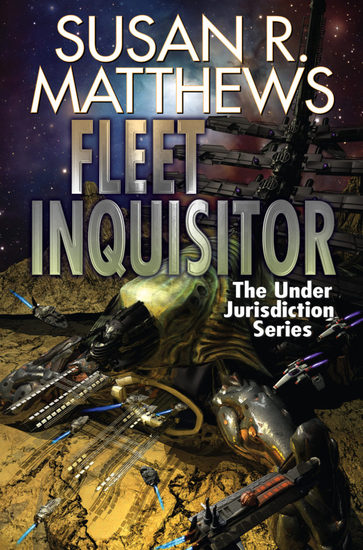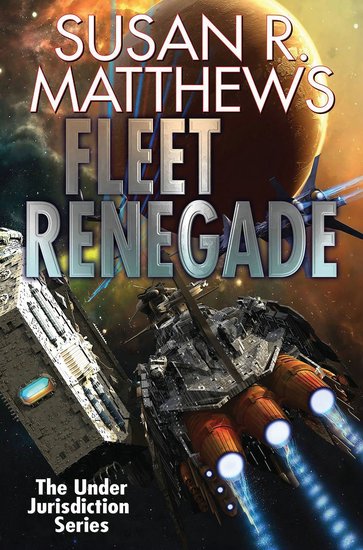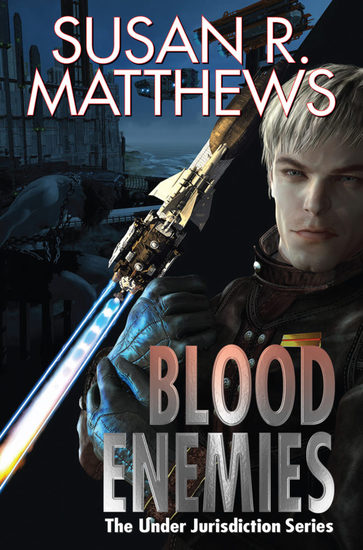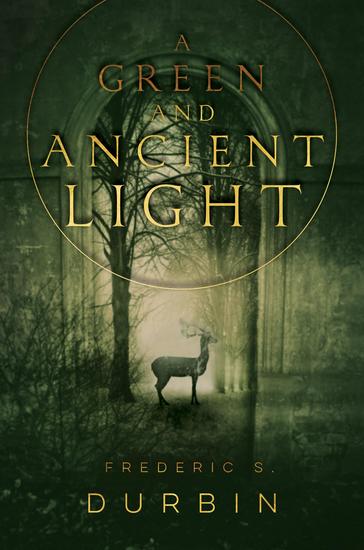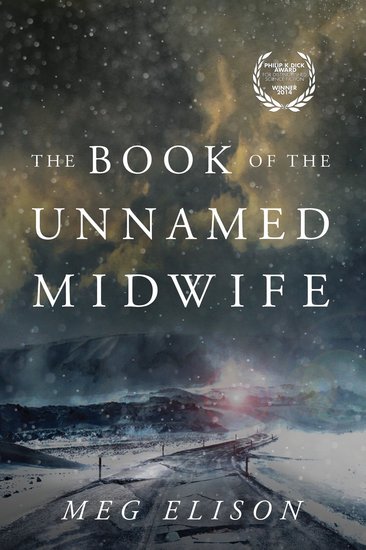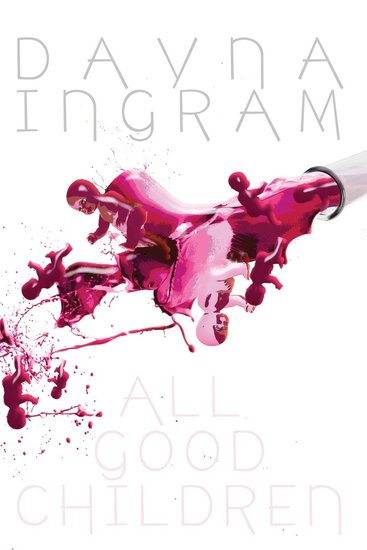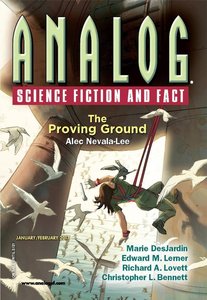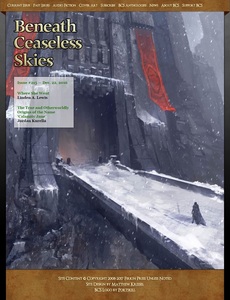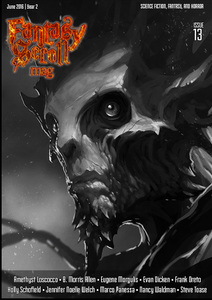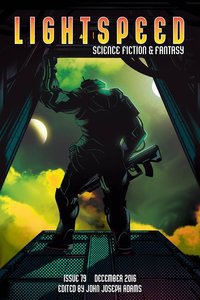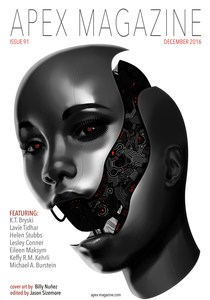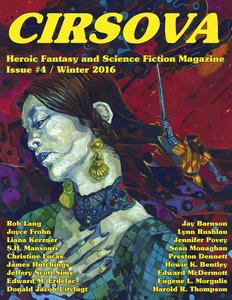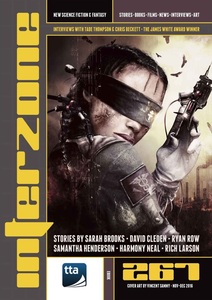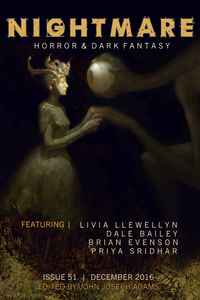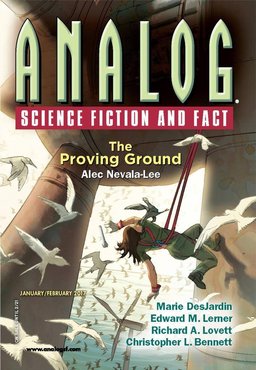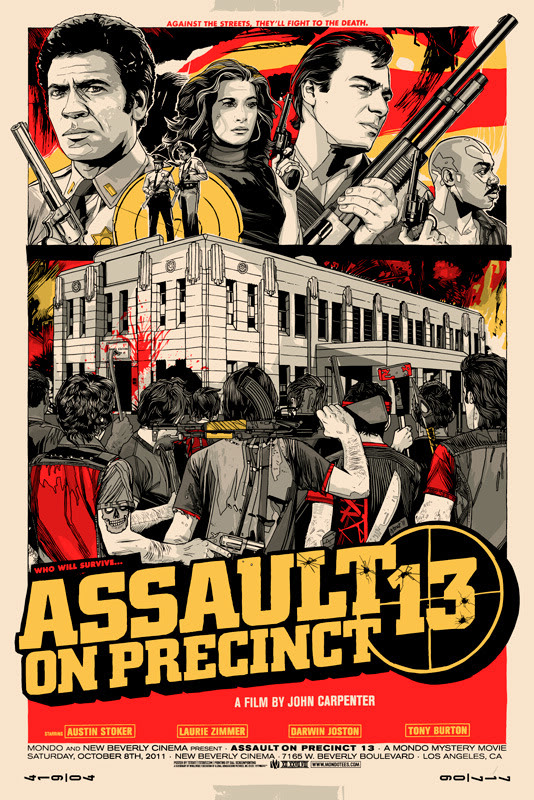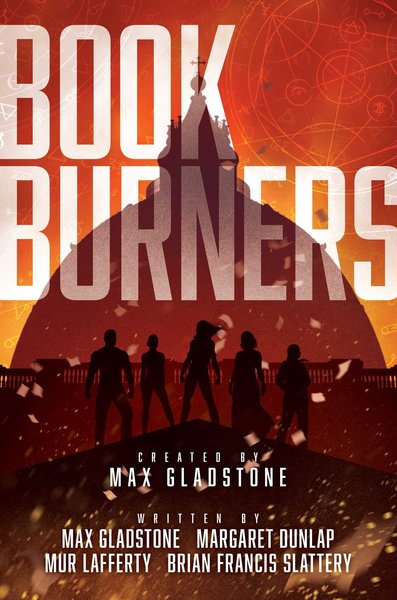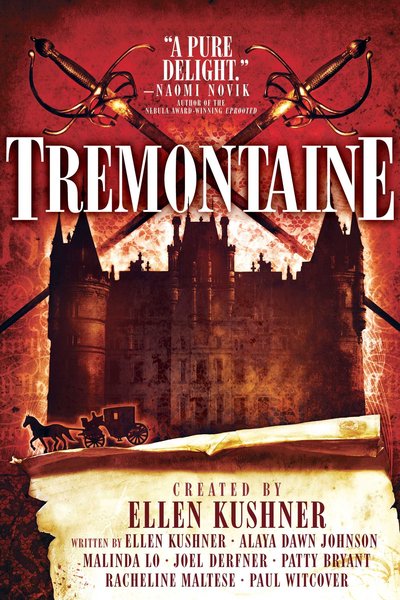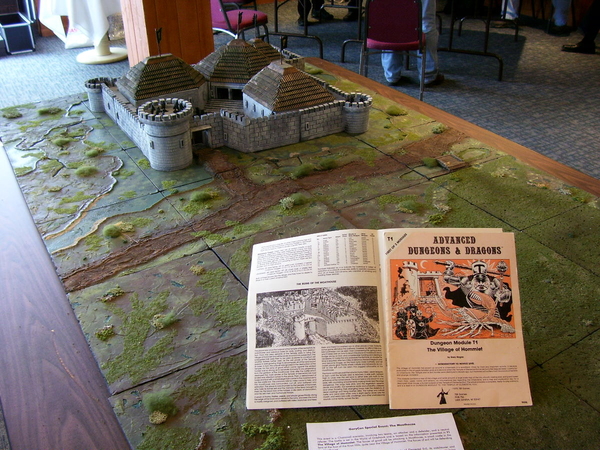Silent Screen Swashbucklers, Part 1 of 2: Zorro Makes his Mark!
The Mark of Zorro (1920)
The swashbuckler tradition was born out of legends like those of the Knights of the Round Table and of Robin Hood, revived in the early 19th century by Romantic movement authors such as Sir Walter Scott. The genre really caught hold with the publication of Alexandre Dumas’ The Three Musketeers in 1844, and for the next century it was arguably the world’s leading form of adventure fiction, challenged only by the American Western.
The action and visual flair of the swashbucklers were perfect for the movie screen, and Hollywood brought them to life with brio and panache, starting most successfully with lavish productions of The Mark of Zorro (1920) and The Three Musketeers (1921), both starring Douglas Fairbanks, Sr. The 1920s through 1950s were the heyday of the Hollywood swashbuckler, but they continue to find favor with moviegoers right up to the present, notably in the recent Pirates of the Caribbean series. So it’s worth going back to see how those visual tropes around the hero-with-a-sword were first established during the silent film era, because much of what you see on the screen today had its roots almost a hundred years ago with those early cinematic pioneers.
I had a good time surveying these early swashbucklers, and I hope you’ll enjoy this overview. With luck, it’ll even inspire you to dip into this rich source of adventure film tradition yourself.
